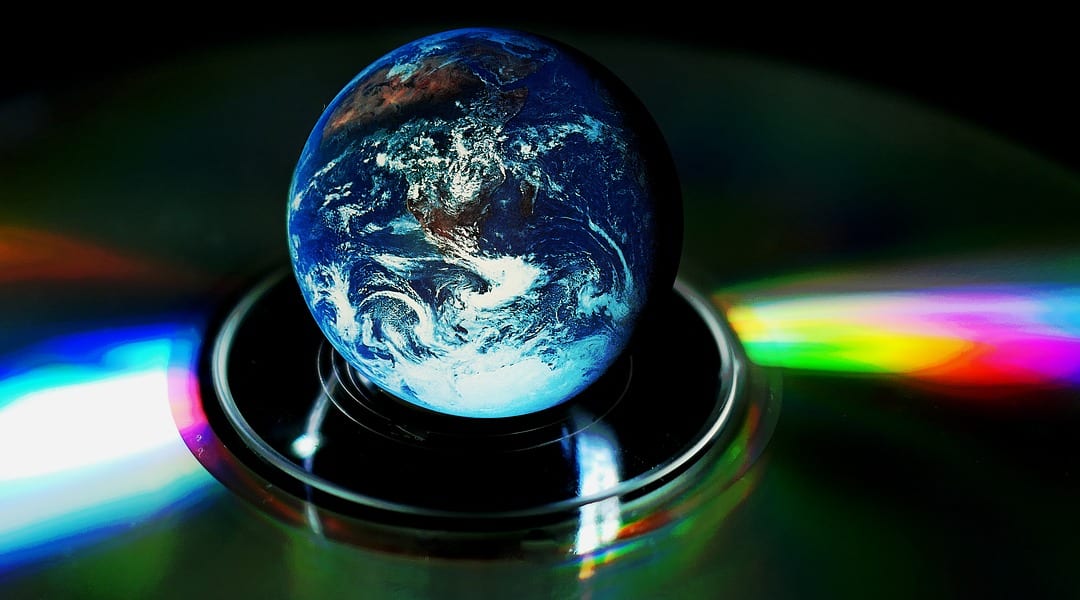Uranium is an important nuclear element for developing low-carbon energy, but it also raises great fears about uranium exposure because of its long-lived radioactivity and chemical toxicity. The common and stable form of uranium in solution is uranyl ion (UO22+), which can easily coordinate with different coordinating functional groups. Due to its bioavailability, UO22+ can be accumulated in human organs and cause some serious health problems. Although some materials show good performances for uranium adsorption or detection, there are still questions on how to simultaneously evaluate the extent of adsorption and the uranium concentration in the process of adsorption. In addition, it would be much more convenient if the adsorption process can be assessed with naked eye.
In their recent paper in Advanced Functional Materials, Prof. Zhaoyang Wu and co-workers at College of Chemistry and Chemical Engineering from the Hunan University, China, have developed a smart photonic crystal hydrogel material that not only is able to effectively remove uranyl ions but also allows real-time monitoring of the uranium contamination. With their hydrogel material, the researchers can sensitively evaluate the adsorption degree and the uranyl ion concentration by measuring the diffraction shift or observing the colour change with the naked eye. The lowest detectable concentration for UO22+ is 10 nM, and the maximum adsorption capacity at 298 K is 169.67 mmol/kg.
This is the first time that a photonic crystal hydrogel material is exploited to provide an indicating signal for UO22+ adsorption material. Compared with other traditional adsorption materials, this material not only holds high selectivity and sensitivity for real-time monitoring of UO22+, it also shows good removal efficiency for UO22+. In view of its excellent performances, this hydrogel material represents a good candidate for simple yet efficient monitoring and encapsulation of uranium in water.
This is text was kindly provided by the authors.

















